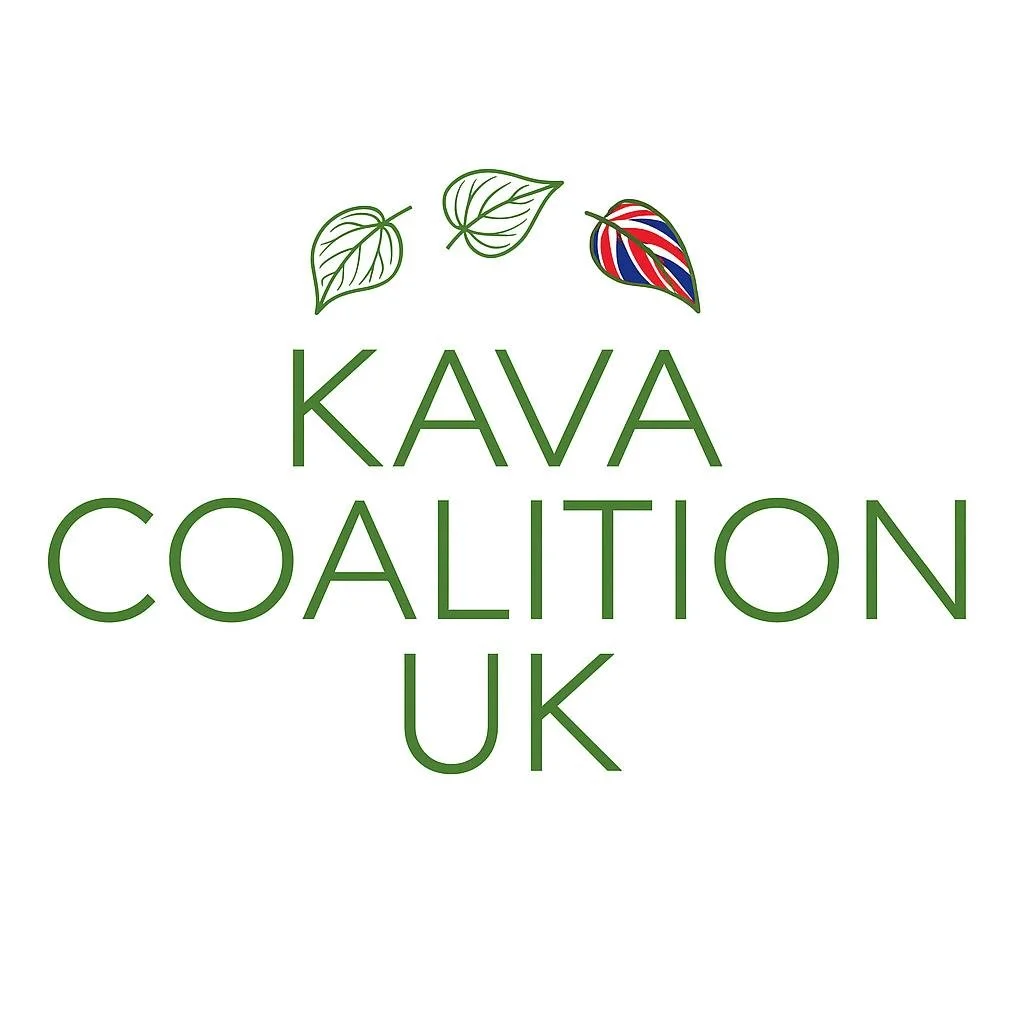What is Kava?
Kava, known scientifically as Piper methysticum, is a plant native to the South Pacific whose roots have been used for centuries to prepare a traditional beverage with calming and pro-social effects. The term "kava" refers both to the plant and the drink, which is made by grinding or pounding the root and mixing it with water through a process known as aqueous extraction. The active compounds in kava are called kavalactones, which are responsible for its effects. Kava is commonly consumed during cultural ceremonies and social gatherings across Pacific Island nations such as Fiji, Vanuatu, Papua New Guinea, Tonga, and Samoa, and it has gained popularity globally as a natural relaxing beverage. It is comparable to tea in Britain or coffee in the United States in its social function.
Historically, kava has played a central role in the spiritual and social life of Pacific communities. It is used in welcoming ceremonies, conflict resolution, storytelling, and as a symbol of peace and unity. Oral traditions surrounding kava stretch back over 3,000 years, and the preparation and consumption of the beverage are deeply embedded in ritual and respect. The plant is typically cultivated by smallholder farmers, with different cultivars known for distinct effects, flavor profiles, and ceremonial uses. As kava has entered international markets, it has been increasingly used in wellness and recreational settings outside of its cultural origins.
In terms of safety, kava has a strong record of safe use when consumed responsibly. Liver Toxicity concerns arose in Germany in the early 2000’s. However, subsequent investigations and expert reviews—including those by the World Health Organization, national health bodies, and Kava Coalition funded-research—have clarified that liver toxicity is rare and idiosyncratic and concerns, whilst minimal, were linked to co-consumption with hepatotoxic substances. Kava is considered safe for consumption by healthy individuals, and efforts are underway to ensure quality standards and education around responsible consumption.


